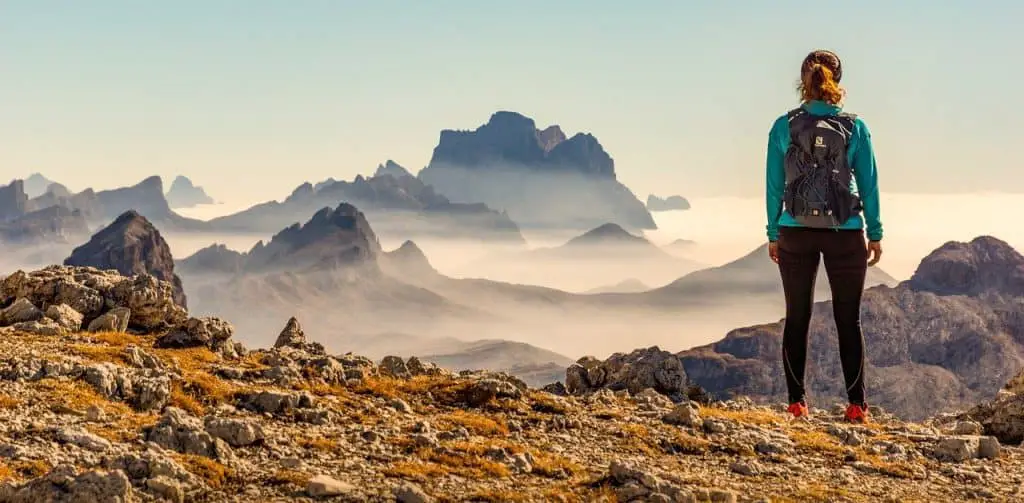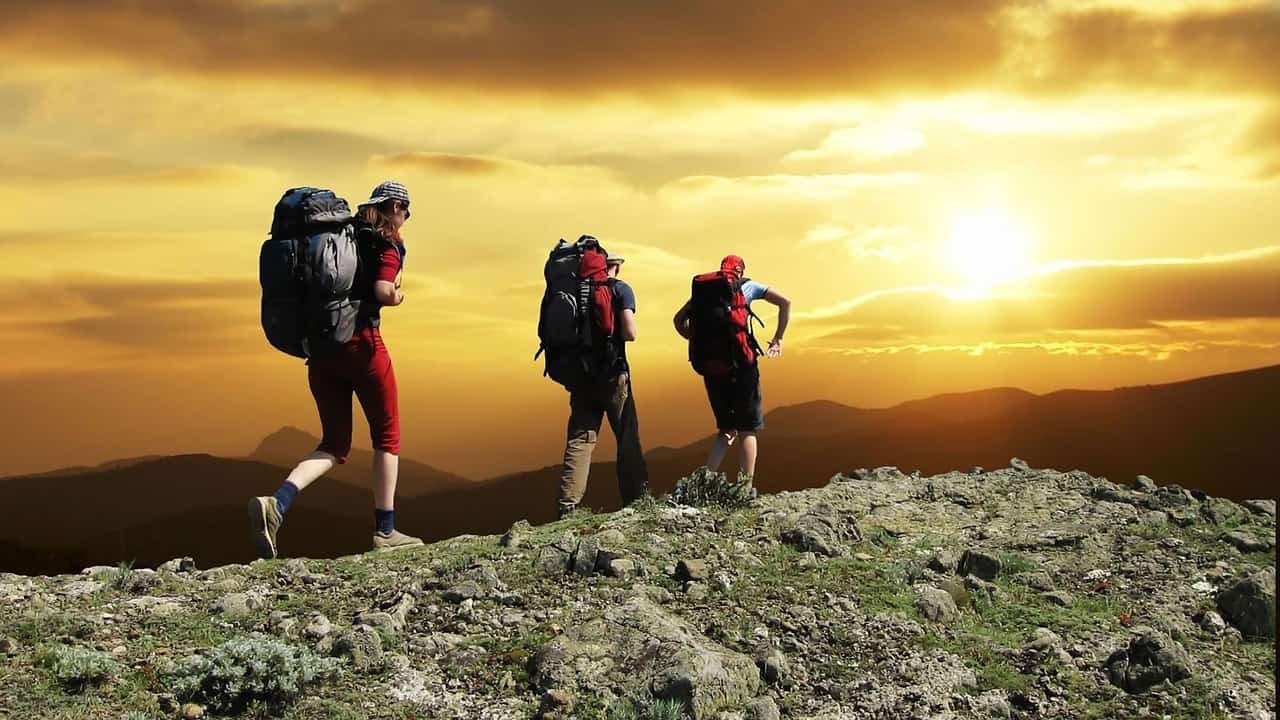Knowing how to pack a backpack correctly is one of the most useful skills a hiker can have. While it might sound simple, there’s actually a trick to getting it right. If you’ve ever had the misfortune of lugging around an improperly laden pack, you’ll know just what we’re talking about.
Here’s a handy guide to help you make the most of your packing space—and, with any luck, give you a more comfortable trek overall.
Start With A Checklist
Before you begin, make a list of everything that you plan to bring along. The following items are typical, and should be considered essentials.
- Water bottle
- Water purification supplies
- Food
- Mess kit and cooking utensils
- Several weatherproof clothing layers, including a raincoat or poncho
- Tent
- Sleeping bag
- Sleeping pad
- Camp stove
- Fuel
- Matches
- First-aid kit
- Toilet supplies
- Personal hygiene items
- Compass or other navigational device
- Headlamp and spare batteries
- Sunscreen
- Knife or camping hatchet
- Camping saw
If you plan on packing something that isn’t on this list, ask yourself whether it’s really necessary. Also, consider how long your trip will last. Obviously, you won’t need as much gear for a weekend as you will for longer hikes, so plan accordingly.

Use The Zone Approach
When you’re packing, you’ll want to maximize the space by filling every possible nook and cranny. To do this, you should divide your gear into subsections, based on how heavy and bulky the items are, and how often you’ll need them.
The bottom of your pack should be used for any gear that won’t be needed until you set up camp. Your sleeping bag and sleeping pad are ideal candidates, and will provide you with some cushioning along your lower back.
Next, pack the “core” layer with dense items that you won’t need to access during the hike—food canister, extra water, mess kit, and cooking stove. These objects can be padded with clothes (or even your unfolded tent) to fill in any gaps.
The majority of your clothing layers and foul-weather gear should go on top. This way, you can grab what you need without digging through a mountain of supplies. For obvious reasons, you should also make room for your toilet gear, first aid kit, and water purification tablets in this zone. It’s a convenient spot for spare batteries as well.
Accessory pockets should be used to hold your navigational tools, water bottle, snacks, sunscreen, headlamp, and knife or hatchet. If you drove to the trailhead and have your car keys with you, look inside the pockets to see if any of them are equipped with a clip or other fastening device.
One final note: If you haven’t stored your tent in the pack itself, try keeping it secured to the top of your pack. That way, you’ll have easy access to it if a storm moves in quickly.
Looking for a visual aid on how to pack a backpack? Here’s a video tutorial, led by a senior field instructor at the National Outdoor Leadership School.
Guarding Against Weather
Once your backpack is loaded and ready to go, you have one more step to take: Ensuring that the pack stays dry in the event of a sudden downpour. Remember that most of your layers will be stored on the top, so it’s in your best interest to keep them from getting soggy on the trail.
One option is to purchase an inexpensive rain guard that’s large enough to cover the entire pack. You can also use heavy-duty trash bags for the same purpose, but the guard will last longer. Either way, plastic bags can be used as additional layers of protection for the gear that’s stored inside the pack. An alternative is to invest in a waterproof compression sack. This will free up space in your pack and keep your belongings dry at the same time.
By following these tips, you’ll be able to minimize stress and maximize comfort when it’s time to hit the trail.
Best of luck on your next adventure!


